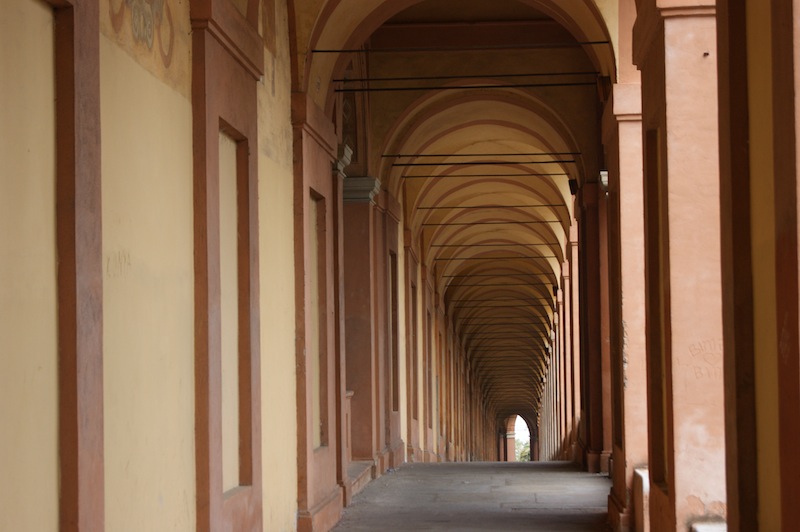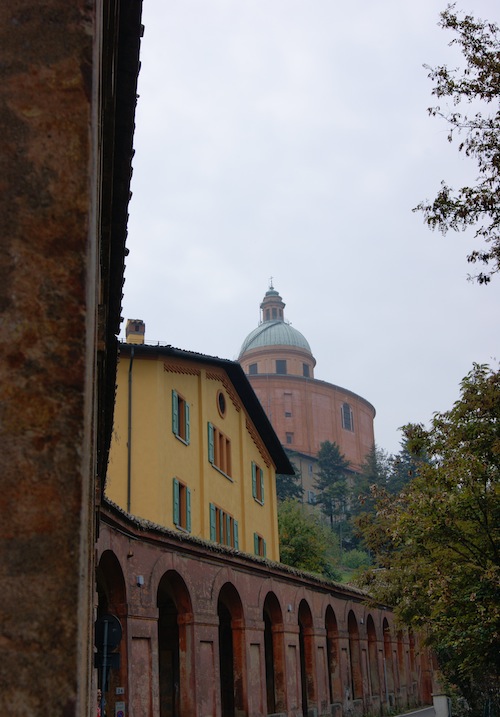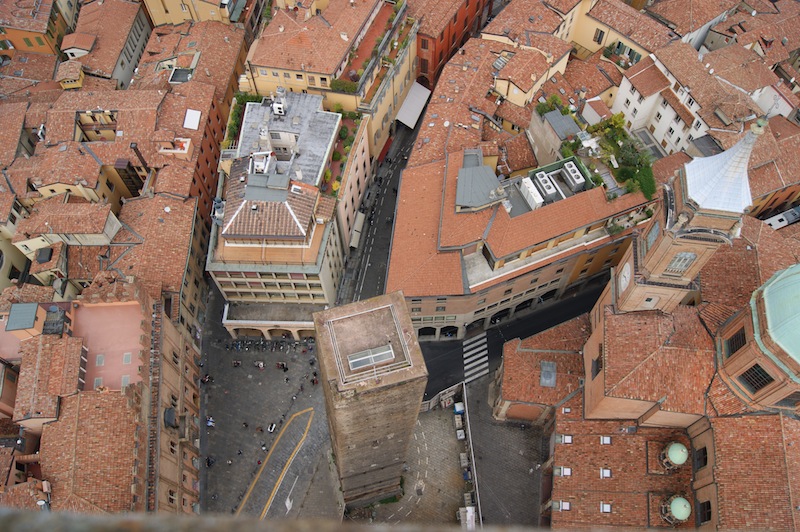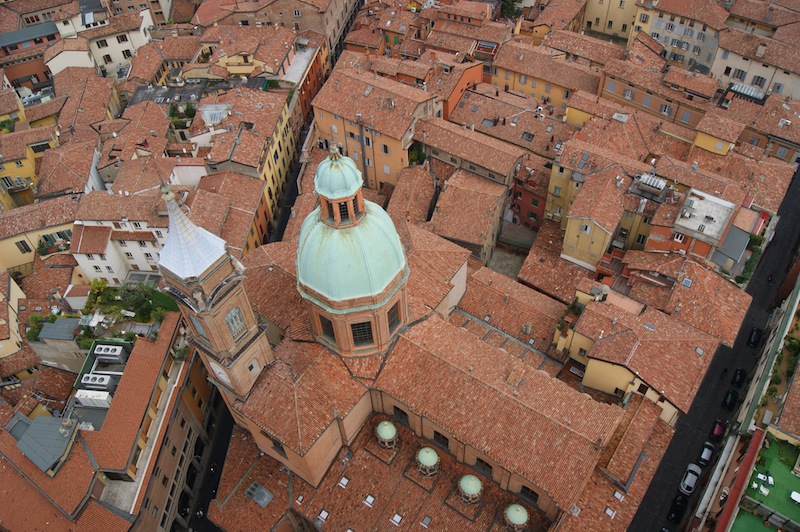Bologna, the capital of Italy’s Emilia-Romagna region, is home to the oldest university in the Western world, incredible food and a wonderful cityscape of terracotta-roofed buildings.
But there are other features of the city that don’t feature so prominently in the guidebooks, not least the amount of graffiti. Perhaps it’s something to do with Bologna’s history of protest and edgy politics, which has always been dominated by the left. Either way, all that spray paint didn’t do much to enhance the buildings. In fact, during our stay, when Italy was in the economic doldrums, the city sometimes had a sad, neglected air about it. It looked worn out, fed up, in need of a kick up the arse. The drab weather didn’t help.

But it was unlike any other city I’d ever seen, if for no other reason than the sheer number of its porticoes – now a UNESCO World Heritage Site. This was a city built to shelter the locals from the rain and the strength of the summer sun while out shopping or visiting. The porticoes went on for ever, giving the city a unique look.
The longest (and the world’s longest) stretched from the Piazza di Porta Saragozza in the city to the hilltop Basilica Santuario della Madonna di San Luca, a few miles outside of town. The portico is supposedly held aloft by a rather devilish 666 arches, not that I was counting as we climbed, at times breathlessly. The views of the city from the top were great but the basilica itself proved to be a bit of an anticlimax.

The views from the top of the wonky Two Towers were pretty amazing too. These are (not surprisingly) two of the remaining towers that remain such a feature of the city’s skyline and its architecture. Years ago there were many more of them, built by Bologna’s great and good for a variety of reasons. Some suggest they were defensive but others that they were a way of showing off the wealth and power of the finest families to their neighbours. It may have been exhausting getting to the top of the towers but the views of the city were unbeatable.

Back down to earth, one of the city’s historic hubs was charming – the Piazza del Nettuno. It’s dominated by an over-the-top fountain of Neptune, complete with ladies holding their breasts, water spurting from their nipples. The square itself was a great place to have a coffee, people watch and absorb the wonderful architecture of Bologna.

But what I’ll really remember about Bologna wasn’t the architecture, the funky bars full of students, the great shops or even the fire alarm at the hotel, during which we found the fire escapes were locked. It was the food. The city gave its name to Bolognese sauce but what you get in the city isn’t the tomato-drenched stuff we create back in Britain – it’s meatier, sparse and infinitely better.
But then the food from morning to night was unbeatable.

